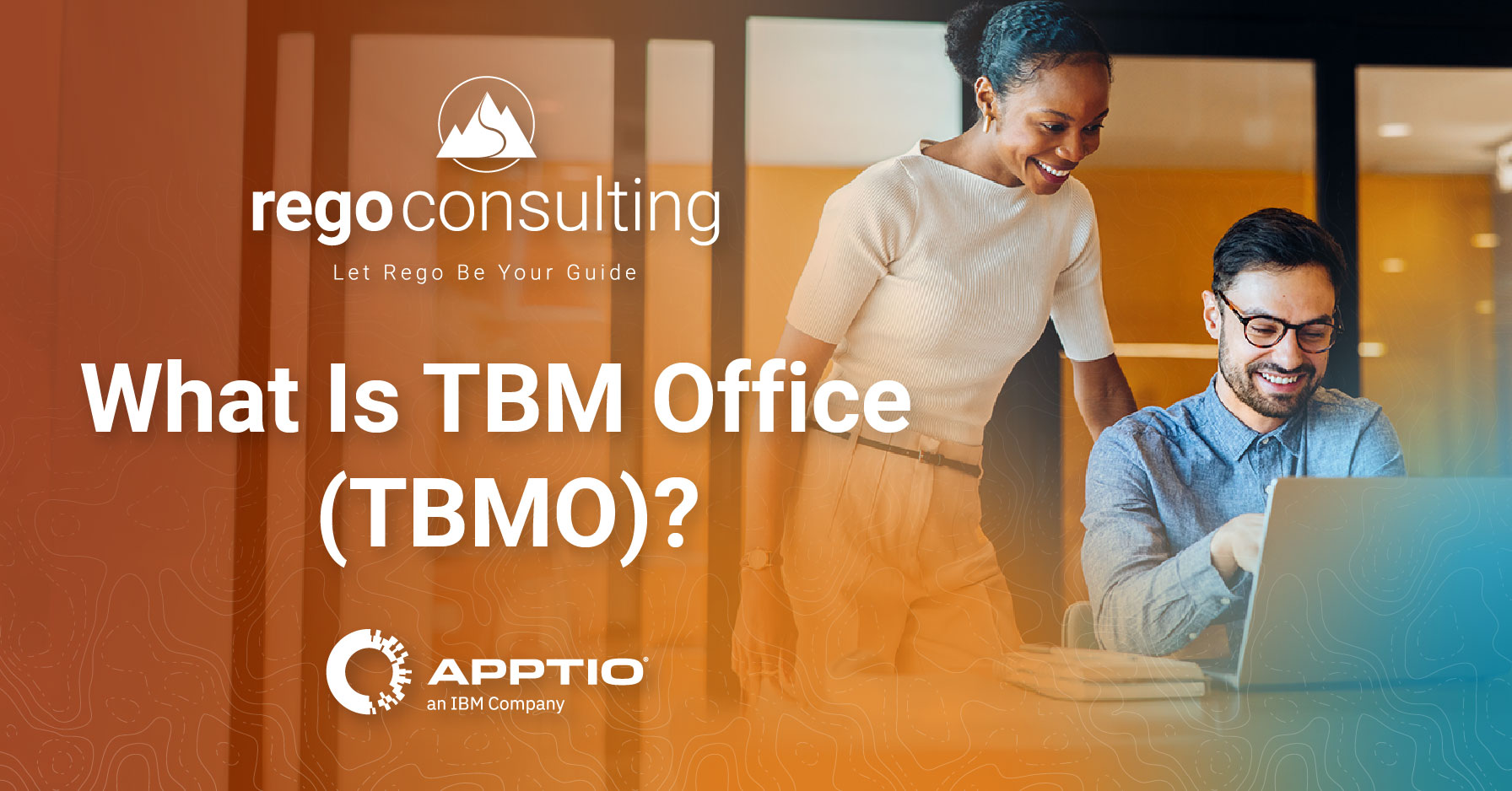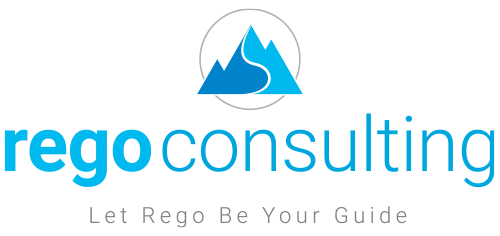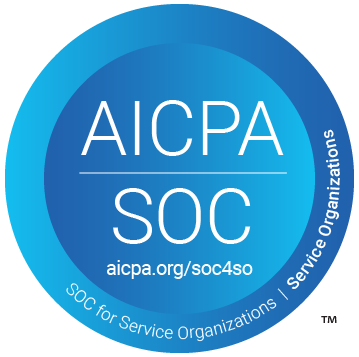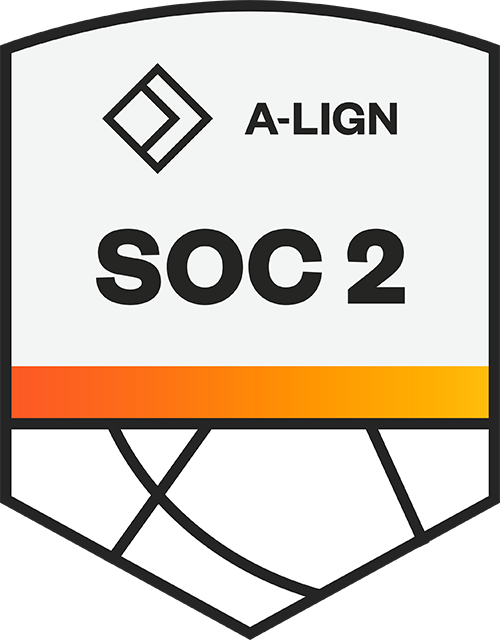
A Technology Business Management Office (TBMO) is a dedicated team within an organization responsible for implementing the TBM framework. Its primary mission is to align IT investments with business objectives, optimize technology costs, and increase transparency around IT spending. Simply put, it’s a team using standards and best practices to encourage partnership and transparency across teams, especially between IT and Finance.
Reminder: What Is TBM?
IBM explains, “Technology Business Management (TBM) stands for a critical framework for data-driven decision-making, aimed at the management, planning, and optimization of technology investment costs, value, and quality. At its heart, TBM offers a structured value management framework tailored for CIOs, CTOs, CFOs, and their teams. It outlines the crucial tools, processes, data, and human resources necessary to navigate the complexities of technology management within organizations effectively.”
What Does the TBMO Do?
The TBMO establishes a technology and business framework with best practices that help IT leaders and Finance teams run technology like the rest of the business. The framework uses cost models that provide data such as return on investment for various technology purchases (infrastructure, applications, etc.). It also helps organizations understand which investments to prioritize based on business strategy. The TBMO can also assist in shaping your service model.
Typically, the Technology Business Management Office:
In short, the TBMO keeps IT running, relevant, and trusted.
Why It Matters?
 Leaders and their employees need clarity on spending money, technology investment priorities, and the IT roadmap. TBMOs can make businesses more efficient, particularly in technology spending. It also provides transparency into priorities and costs.
Leaders and their employees need clarity on spending money, technology investment priorities, and the IT roadmap. TBMOs can make businesses more efficient, particularly in technology spending. It also provides transparency into priorities and costs.
A TBMO solves these common business issues:
- Employees are debating whether to outsource some Information Technology (IT) but can’t decide if it will save money.
- Hardware and software purchases lack a total cost of ownership (TCO) analysis.
- The business can’t afford to upgrade laptops more than three years old, but those computers will soon be out of warranty.
- Systems aren’t connecting and integrating where they should, leaving your data less useful than it could be.
- Business leaders disagree on priorities, including technology investments.
- The competition is leaping ahead with tools like AI, but none of these items appear on your IT roadmap this year.
- You need to implement software, but the change to the organization during a critical time could harm your business.
Simply put, your IT department becomes less of a cost center, and more of a strategic partner.
Benefits include:

Who’s It For?
The larger and more complex a company is, the more it needs structure and a TBM framework. At midsized and larger companies, the TBMO becomes a bridge between IT, Finance, and the rest of the business (HR, Sales, Marketing, Operations, etc.), ensuring technology investments deliver measurable business value.
Which Industry Is It For?
Any industry can benefit from a TBMO. Any organization making technology investments can use it. The more complex the industry, the greater the need. Highly regulated sectors such as banking, life sciences, and healthcare have found significant value in a TBMO.
People You Need on the TBMO
Certain traits and skills are essential for a TBMO team. Unlike a strictly technical group, members need both technical and financial expertise.
The Journey

As you’re implementing your TBMO, you can expect to see more value as your practices mature. The more complex the organization, the longer a
TBMO may take to be successfully implemented. Have patience and stick with it! It’s not a “one and done” project, but a practice to guide you to continual improvement.
Foundational Stage
At the foundational stage, the TBMO builds a common language between IT and Finance. This includes standardizing cost models, establishing data integration, and creating transparency around where money is spent. IT and Finance also partner with other departments to ensure IT priorities are aligned with organizational priorities.
Operational Stage
At the operational stage, the TBMO drives efficiency. Leaders gain insights into IT’s return on investments (ROI) so the organization can optimize spending. IT is starting to be seen as a strategic business partner.
Strategic Stage
At the strategic stage, the TBMO becomes a trusted advisor. Technology decisions are no longer just about cost — they’re about innovation, agility, and competitive advantage. At this level, IT leaders can confidently demonstrate how technology accelerates growth, reduces risk, and fuels transformation.
Warning Signs that You Need a TBMO
Still not convinced? If your organization is experiencing these red flags, it’s time to consider a TBMO.
Distrust, Lack of Transparency, and No Partnership
Sometimes IT is viewed with frustration or distrust. Transparency, partnership, and sharing data can help — and these are built into the TBM framework.
Lack of Financial Acumen, Including Being Overbudget
If IT struggles to manage its budget, a TBMO can help.
Lack of Innovation or Continuous Improvement
One of IT’s core purposes is to help organizations improve and remain competitive. If that’s not happening, it’s a problem that a TBMO can solve.
Let Rego Be Your TBMO Guide
There are several good reasons to implement a TBMO. Ensuring strategic alignment with IT, Finance, and the rest of your organization is key. The more complicated your organization – with regulations, people in the field who need special tools, etc. – the more critical it is to establish a TBMO.
If you’re ready to take the next step but don’t know where to start, Rego Consulting can help. We offer resources, guidance, and expertise to assist you in choosing the right software and understanding standards and best practices from the TBM Council.
In addition to consulting, we offer:











